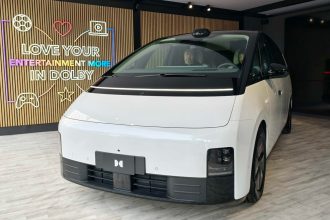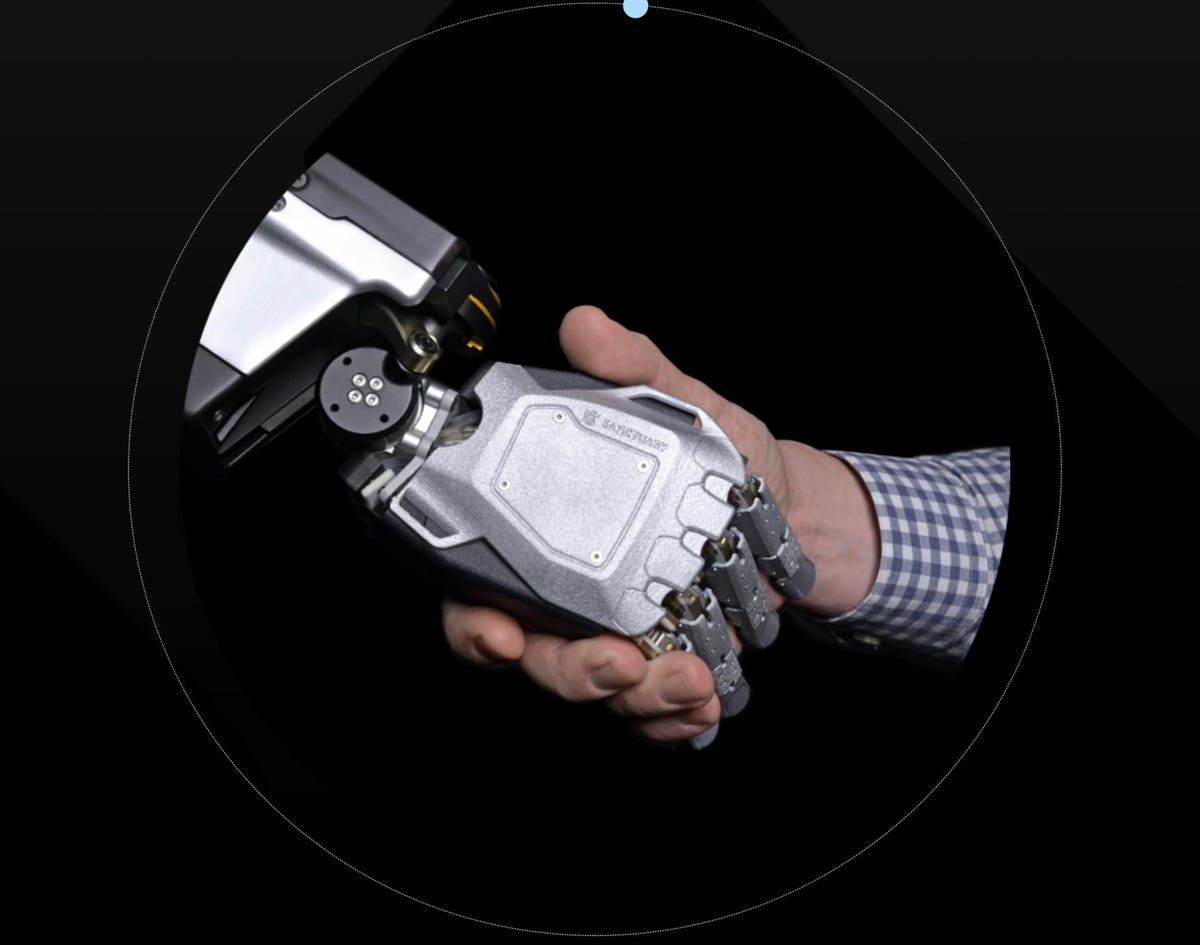Today might be the golden age of humanoid robot development.
Tesla is building Optimus, Figure AI is working on Figure 01, which it hopes will be the “world’s first commercially-viable autonomous humanoid robot.” Fourier Exo is building the GR-1, Agility Robotics is making Digit, and Boston Dynamics is always making some vaguely human or dog-like robot. Sanctuary AI is also building human-like robots, focusing largely on the artificial intelligence components. The company’s mission is “to create the world’s-first human-like intelligence in general-purpose robots,” and CEO Geordie Rose says the actual robot bodies themselves are almost a secondary consideration.
Except for one part: the hands. The problem: building human-like hands is beyond the bounds of today’s science, Rose says.
“I think of all of the hands that have ever been built, ours is clearly the best today, but there’s still a big gap between the human hand and what we can build,” he told me recently on the TechFirst podcast. “Actually building a hand that’s like ours is beyond the boundaries of science … it’s not just that Sanctuary can’t do it. It’s that no one knows how to do it.”
The challenges in building a humanoid robot are many.
There’s energy density: how to pack enough batteries into a body to power it for a significant amount of time, but not be too heavy. Related is the question of swapping or recharging batteries. The cognitive control system, the brain, is a massive challenge. Locomotion and which mode you choose—bipedal, wheeled or some other—is another. Dextrous manipulation is a key fourth challenge, and that’s where the hands come in.
Phoenix, the robot that Sanctuary AI is currently building, has 75 degrees of freedom when you count up how the machine can move in all its jointed components—44 of those 75 are in the hands. To make great hands you have to be able to adjust grip strength from very gentle to very strong. You need sensors covering your artificial hands just like nerves coat our human hands so you understand the shape and weight and texture and fragility of what you’re picking up. Your artificial skin needs to be strong enough to last at least months but soft enough to not damage things you’re lifting. Doing all of this runs into challenges with signal drift over time, and building such a hand runs into both mechanical and electrical boundaries.
“Phoenix is in some ways a hand delivery mechanism,” Rose says. “It’s a robot that lets you put human-like hands in the places that hands need to be in order to generate value through work.”
If the hand is the biggest challenge on the hardware side, intelligence is the biggest problem on the software side.
There, Rose has hoped for help from a source he doubted initially: large language models.
One of the problems with robotic intelligence is task planning, which can be a recursive nightmare, because when you want to ask a robot to slice a tomato, there are a host of preconditions: where is the knife, where is the drawer, how do I open the drawer, never mind what is a tomato, where is the tomato and all the basics of holding the tomato with one hand wile slicing with the other. (Plus a cutting board, of course, and all the assorted tasks around finding or getting it.)
“My hope back even in the early days, when I was looking at these models … was that you could issue a natural language prompt to a machine like this … and it would generate a task plan for you,” Rose says.
Unfortunately, although LLMs have surprised many, including Rose, with their capability, they haven’t been able to fill the task planning gap for robots. But there his hope.
“When the LLMs got better, we of course thought, well, okay, maybe they’re ready now,” Rose told me. “And we did a bunch of experiments, and they’re not, but they’re on a trajectory that if you do certain things to them, which are non-standard and have to involve integrating logic and reasoning and not just statistics, you might be able to build a very powerful general task planner.”
Sanctuary AI currently has robots deployed in retail environments in Canada, where Phoenix packs merchandise, cleans, labels and picks products for orders.
The company has raised more than $100 million from investors such as Verizon, Finning, Bell, Magna and the Canadian government.
Get a full transcript of our conversation.
Read the full article here





